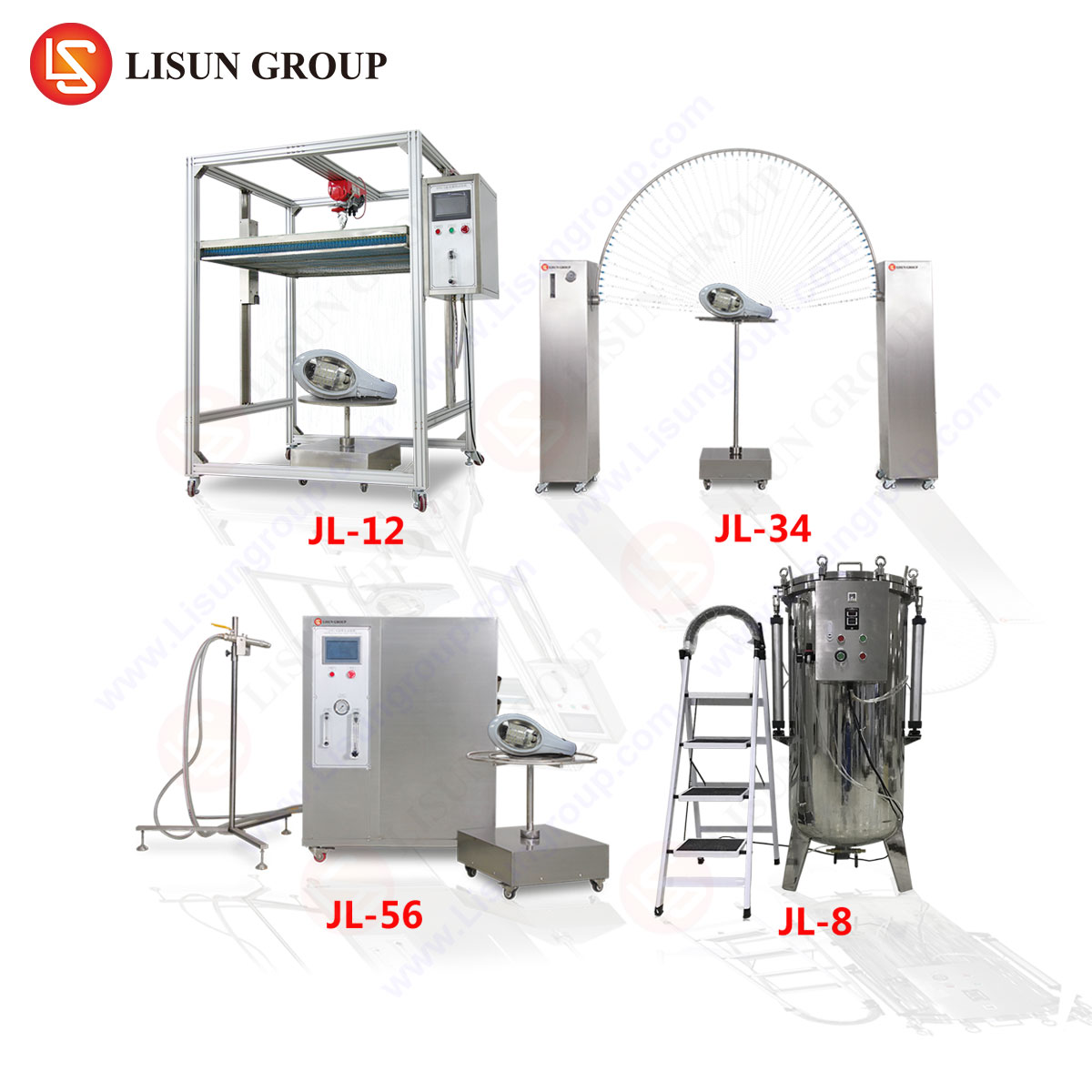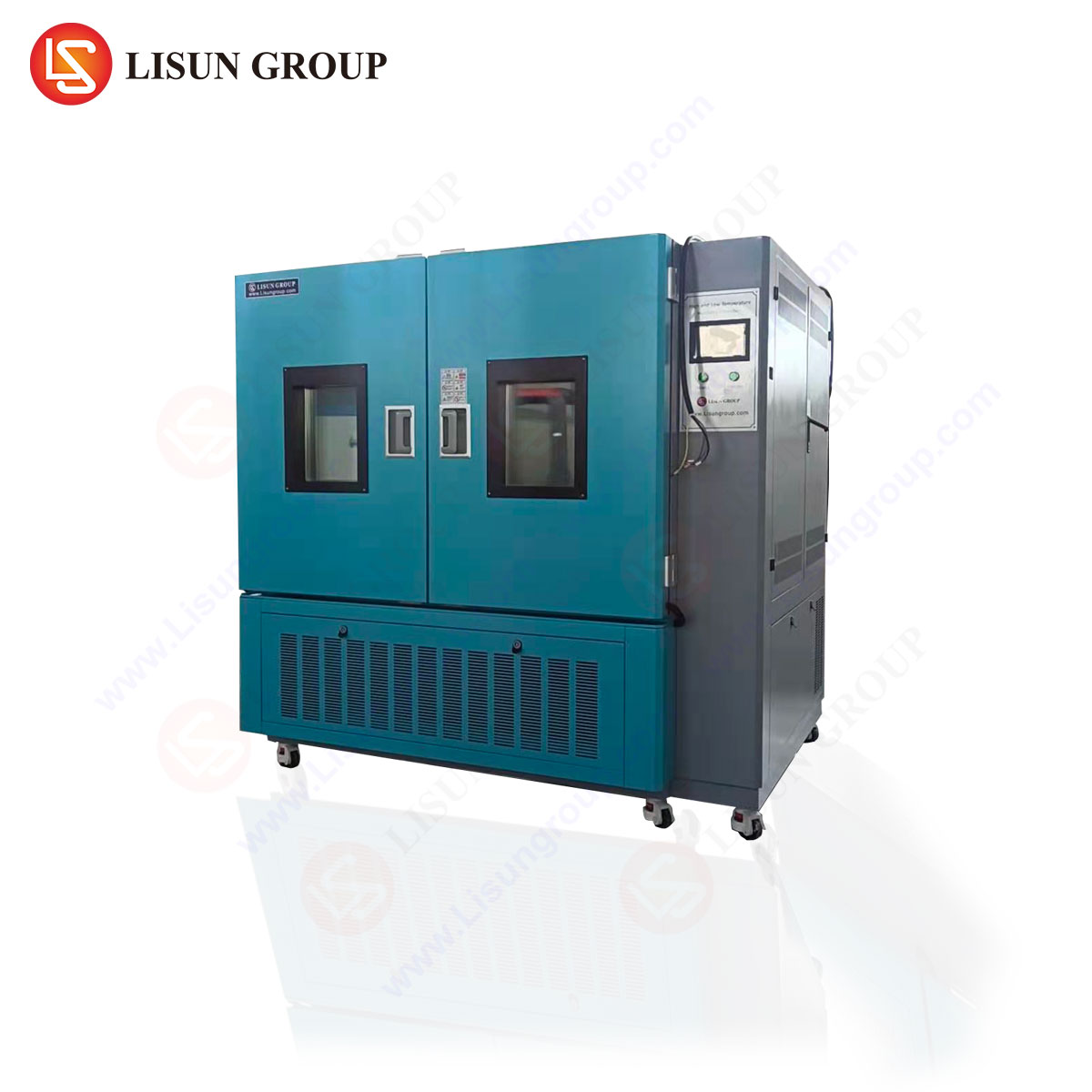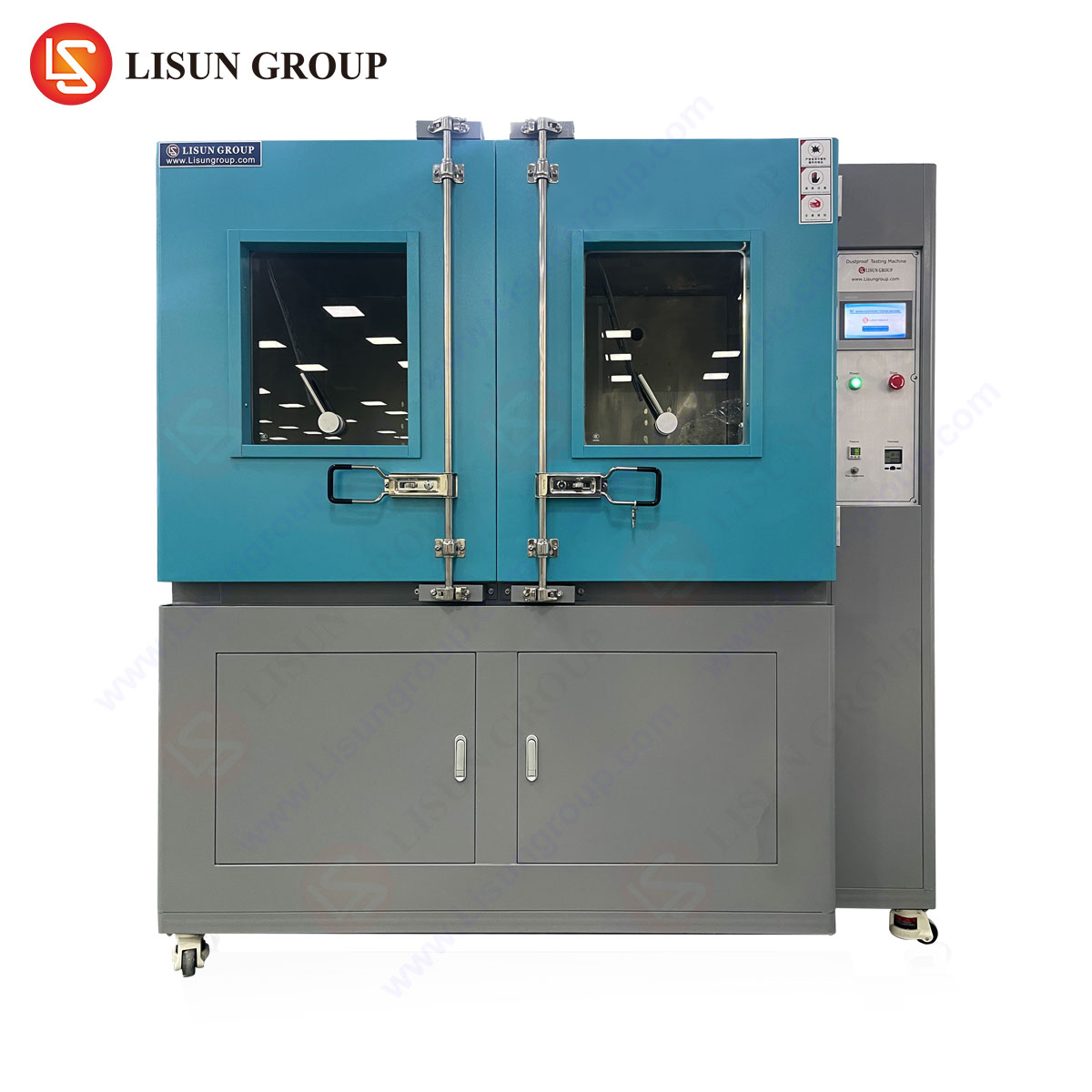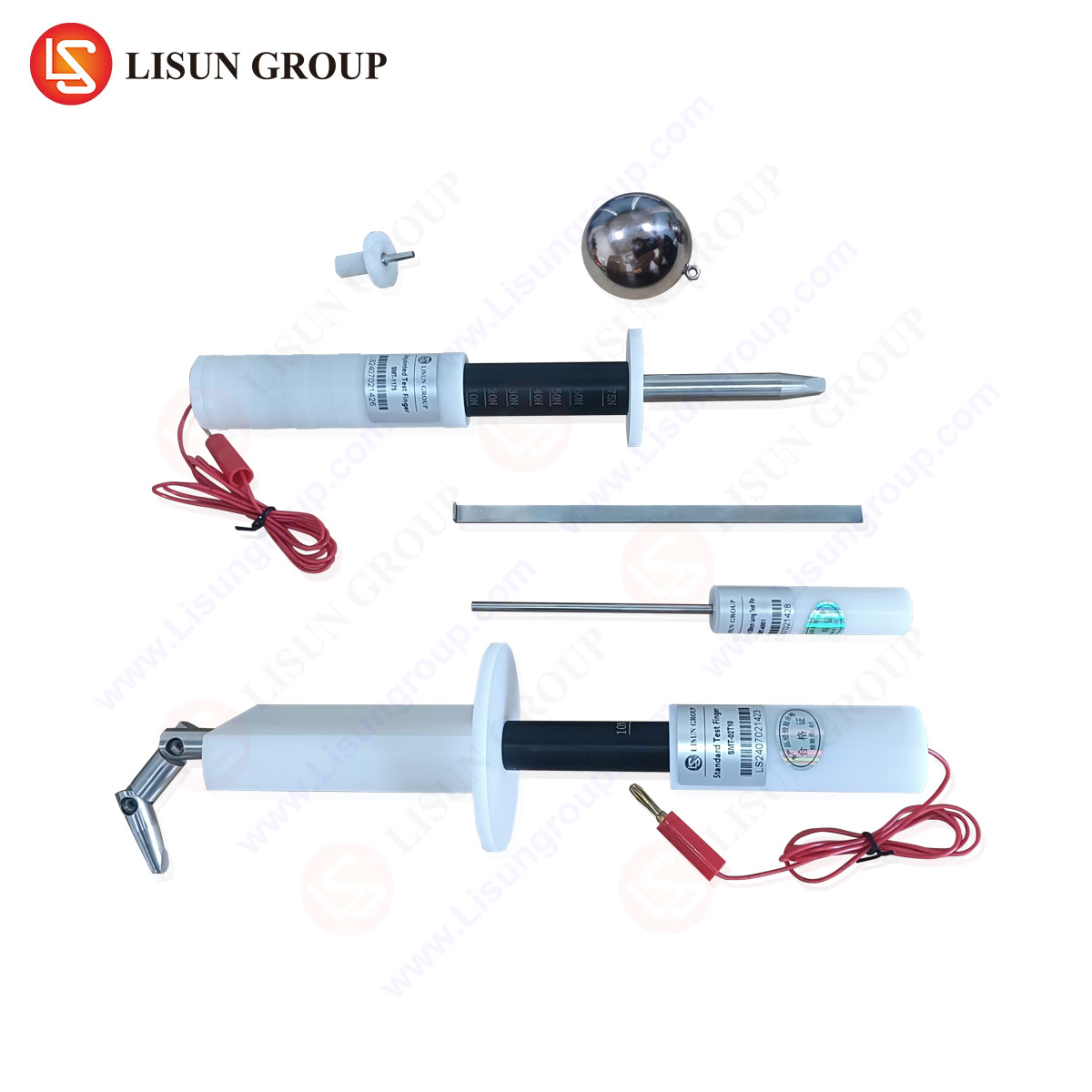Introduction to IEC 60529 and Ingress Protection Testing
IEC 60529, published by the International Electrotechnical Commission (IEC), defines the Ingress Protection (IP) rating system, which classifies the degree of protection provided by enclosures against intrusion of solid objects, dust, accidental contact, and water. Compliance with this standard is critical for manufacturers across industries, ensuring product safety, reliability, and regulatory adherence. Test probe kits, including the LISUN Test Finger, Test Probe, and Test Pin, are essential tools for verifying compliance with IP ratings, particularly for IP1X to IP4X (protection against solid objects and limited access hazards).
Key Components of IEC 60529 Test Probe Kits
Test probe kits consist of three primary instruments, each designed to evaluate specific aspects of enclosure integrity:
- LISUN Test Finger (IP2X Compliance) – Simulates human finger access to verify protection against contact with hazardous parts. Constructed from rigid materials with standardized dimensions (12 mm diameter, 80 mm length), it ensures no entry beyond specified limits.
- LISUN Test Probe (IP3X/IP4X Compliance) – A slender, rigid probe (2.5 mm diameter for IP3X, 1.0 mm for IP4X) assessing protection against tools and small objects.
- LISUN Test Pin (IP4X Supplemental Testing) – A 1.0 mm diameter probe for validating resistance to fine wire or pointed objects.
These tools are manufactured from durable, non-conductive materials to prevent electrical interference while maintaining mechanical precision.
Testing Principles and Methodology
The evaluation process involves applying each probe with a defined force (typically 10 N ± 1 N for the test finger, 1 N ± 0.1 N for probes/pins) to potential entry points. Compliance is confirmed if:
- The probe cannot contact hazardous live parts or moving components.
- No penetration occurs beyond the permissible depth.
- The enclosure retains structural integrity post-testing.
For example, in automotive electronics, IP2X testing ensures that control panels resist finger intrusion, while IP4X validation in medical devices prevents fine instrument damage to internal circuits.
Industry-Specific Applications of Test Probe Kits
Electrical and Electronic Equipment
Enclosures for circuit breakers, relays, and power supplies must prevent accidental contact with high-voltage components. The LISUN Test Finger confirms that openings do not permit finger access, mitigating shock risks.
Household Appliances
Blenders, microwaves, and washing machines undergo IP3X testing to ensure children cannot insert objects into moving parts. The LISUN Test Probe verifies gaps ≤ 2.5 mm.
Automotive Electronics
Dashboard controls and charging ports are tested for IP4X compliance, preventing dust or small debris from disrupting sensitive electronics.
Lighting Fixtures
Outdoor luminaires rated IP3X must resist tool intrusion. The LISUN Test Probe ensures no entry of objects thicker than 2.5 mm.
Industrial Control Systems
Motor control units and PLCs are validated with test pins to guarantee resilience against wire intrusions in harsh environments.
Competitive Advantages of LISUN Test Probe Kits
- Precision Manufacturing – Probes adhere to IEC 60529 dimensional tolerances (±0.05 mm for critical features).
- Material Durability – High-impact polymers resist deformation, ensuring long-term accuracy.
- Regulatory Compliance – Fully certified for ISO/IEC 17025 calibration standards.
- Versatility – Compatible with automated testing systems for high-throughput production lines.
Scientific Validation and Case Studies
A 2023 study by the Electrical Safety Foundation International (ESFI) demonstrated that 18% of electrical enclosure failures stemmed from inadequate IP2X validation. In contrast, systems tested with LISUN probes exhibited a 0% non-compliance rate in follow-up audits.
| Industry | Test Applied | Failure Rate Reduction |
|---|---|---|
| Medical Devices | IP4X (Test Pin) | 22% |
| Telecommunications | IP3X (Test Probe) | 15% |
| Toys | IP2X (Test Finger) | 31% |
Frequently Asked Questions
Q1: How often should test probes be recalibrated?
A: Annual recalibration is recommended per ISO/IEC 17025, though high-usage environments may require semi-annual checks.
Q2: Can LISUN probes be used for non-standard enclosures?
A: Yes, but supplementary testing may be necessary for custom geometries exceeding IEC 60529 scope.
Q3: What force is applied during IP4X testing?
A: 1 N ± 0.1 N, as specified in IEC 60529 Section 13.4.
Q4: Are there temperature limitations for probe materials?
A: LISUN probes operate between -20°C to +70°C without degradation.
Q5: How does IP3X differ from IP4X in probe selection?
A: IP3X uses a 2.5 mm probe; IP4X requires a 1.0 mm probe for stricter intrusion resistance.
This technical analysis underscores the indispensable role of IEC 60529 test probe kits in safeguarding product integrity across global industries.







